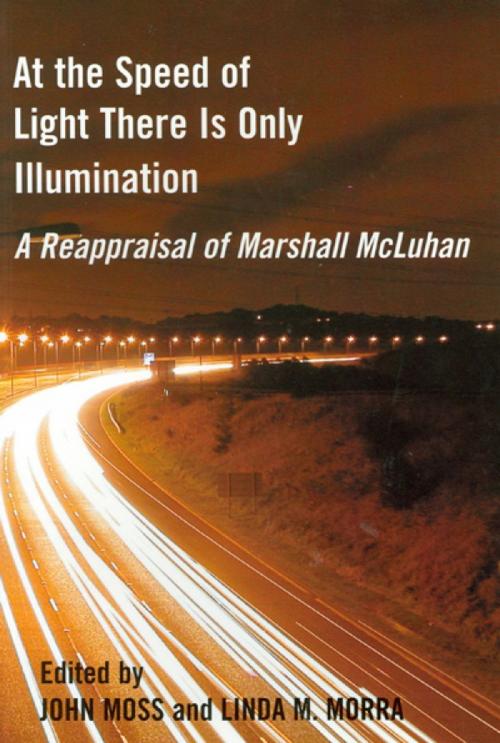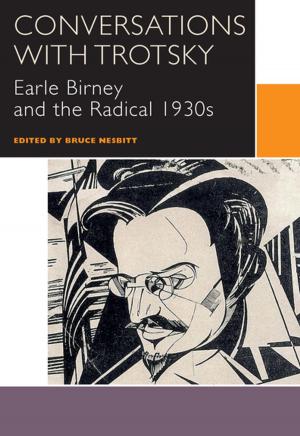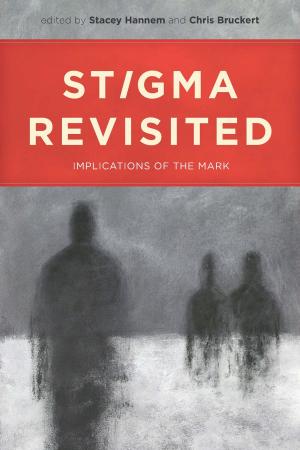At the Speed of Light There is Only Illumination
A Reappraisal of Marshall McLuhan
Fiction & Literature, Literary Theory & Criticism, Canadian, Theory| Author: | ISBN: | 9780776618678 | |
| Publisher: | University of Ottawa Press | Publication: | June 1, 2004 |
| Imprint: | University of Ottawa Press | Language: | English |
| Author: | |
| ISBN: | 9780776618678 |
| Publisher: | University of Ottawa Press |
| Publication: | June 1, 2004 |
| Imprint: | University of Ottawa Press |
| Language: | English |
At the Speed of Light There is Only Illumination collects a dozen re-evaluative essays on Marshall McLuhan and his critical and theoretical legacy; from intellectual adventurer creating a complex architecture of ideas to cultural icon standing in line in Woody Allen’s Annie Hall. Given McLuhan’s prominent status in many academic disciplines, the contributors reflect a multi-disciplinary background. John Moss and Linda Morra chose the essays from a gathering of McLuhan’s academic devotees. The contribution – from “McLuhan as Medium” and “McLuhan in Space” to “What McLuhan Got Wrong” and “Trouble in the Global Village” – to provide a kaleidoscope of new views. As Moss writes of the collected essays: “Some are big and some are small, some exegetic and some confessional, some stand as major statements and others are sidelong glances; some resonate with the concerns of public discourse and others are private or privileged or impious and provocative. Each consists of many parts, each a design on its own. They speak to each other…they may have come together as one version of what happened.”
At the Speed of Light There is Only Illumination collects a dozen re-evaluative essays on Marshall McLuhan and his critical and theoretical legacy; from intellectual adventurer creating a complex architecture of ideas to cultural icon standing in line in Woody Allen’s Annie Hall. Given McLuhan’s prominent status in many academic disciplines, the contributors reflect a multi-disciplinary background. John Moss and Linda Morra chose the essays from a gathering of McLuhan’s academic devotees. The contribution – from “McLuhan as Medium” and “McLuhan in Space” to “What McLuhan Got Wrong” and “Trouble in the Global Village” – to provide a kaleidoscope of new views. As Moss writes of the collected essays: “Some are big and some are small, some exegetic and some confessional, some stand as major statements and others are sidelong glances; some resonate with the concerns of public discourse and others are private or privileged or impious and provocative. Each consists of many parts, each a design on its own. They speak to each other…they may have come together as one version of what happened.”















